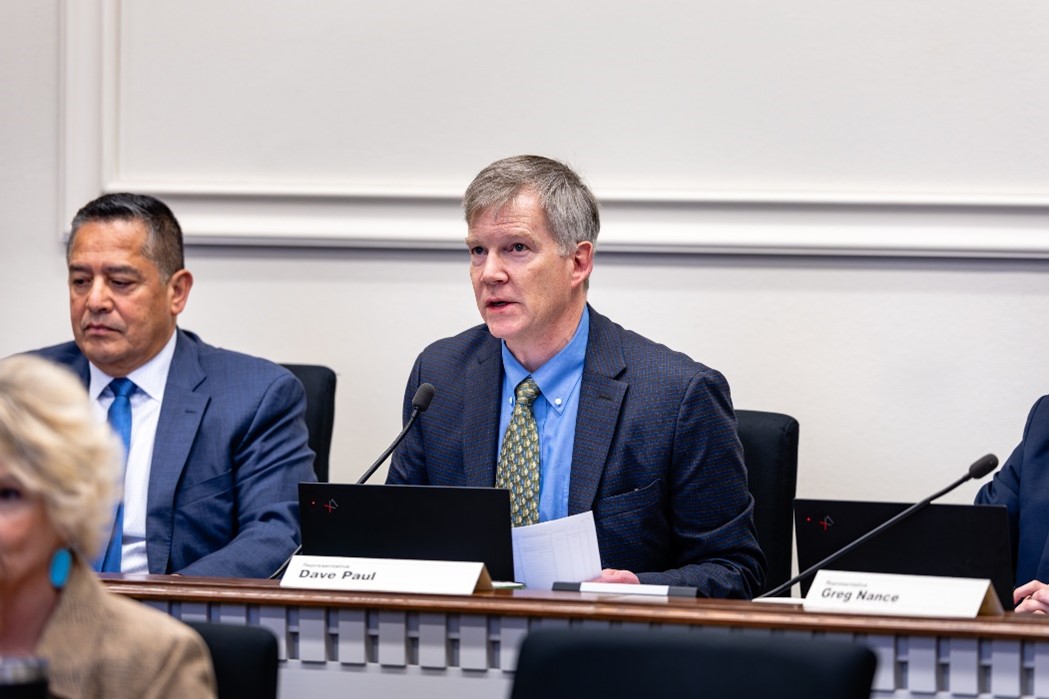Dear neighbors,
Every student in Washington deserves the opportunity to succeed. That’s why, even in a challenging budget year, we made education a top priority. Whether it’s helping a kindergartener thrive or supporting a working adult returning to college, we’re investing in students at every stage of their journey.

K–12 Education: Supporting Every Learner
Despite tight budget constraints and rising costs, we’re working to protect and expand funding for K–12 schools. One of our most urgent priorities is to address special education. For too long, state support has been capped—leaving districts with a significant funding gap to provide students with the resources they need. This year, I’m proud to support Senate Bill 5263, which increases funding for special education, helping both families and school districts in our community and across the state.
We also passed Senate Bill 5192, which helps schools cover foundational costs like curriculum and technology. This gives districts more stability and allows them to focus on what really matters—supporting students and teachers in the classroom.
Another key effort is tackling the educator shortage. House Bill 1651 launches new teacher residency and apprenticeship programs, giving future educators real-world experience while reducing barriers to entering the profession. It’s a critical step toward building a stronger, more diverse educator workforce that reflects the students they serve.
College and Workforce Training: Expanding Access & Opportunity

Our commitment to education doesn’t end at high school. As Chair of the House Postsecondary Education & Workforce Committee—and as a longtime community college educator—I’m deeply proud of the progress we made this year in higher education.
We passed House Bill 1554, which expands the College Bound Scholarship to include students who earn a GED. This simple change opens doors for many students who may have taken a non-traditional path to graduation. And with House Bill 1556, we lowered the age requirement for free high school completion programs, helping more young people transition quickly into jobs or college.
These changes are about equity, flexibility, and meeting students where they are. Our postsecondary system should reflect today’s realities—not yesterday’s expectations.
Looking Ahead
Our education system was designed for a different era. To meet the needs of the 21st century, we must reimagine how we invest in learning—from kindergarten through college. That means bold ideas, strategic investments, and listening closely to the people who know our schools best: students, families, and educators.
I’m committed to that vision—and I’d love to hear your thoughts. On May 13th, I’ll be hosting an upcoming virtual town hall. I encourage you to submit your questions ahead of time, tune in on Zoom, and help us shape the future of our district.
Let’s keep building a future where every Washingtonian has a pathway to success.
Sincerely,


